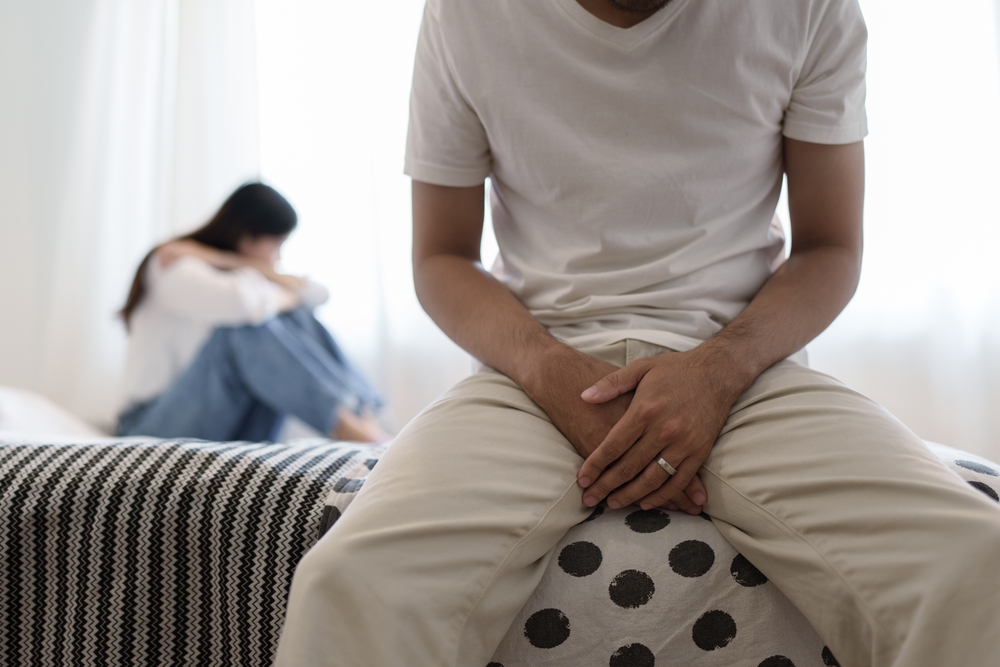Introduction: Understanding Testosterone and Its Role
In the male body, testosterone is a crucial hormone that controls several vital processes, including mood, libido, and bone density and muscular mass. While it’s normal for testosterone levels to decline gradually with age, some men experience an unusually steep drop, leading to what’s commonly known as low testosterone or testosterone deficiency.
This illness has the potential to seriously affect one’s general quality of life, mental stability, and physical health. That’s why recognizing low testosterone symptoms early on is key to timely diagnosis and treatment.
What Is Low Testosterone?
Low testosterone (also called hypogonadism) occurs when the body produces insufficient amounts of testosterone. It may stem from aging, medical conditions, or lifestyle factors.
According to the American Urological Association, testosterone levels below 300 ng/dL are considered low, though this can vary slightly depending on the testing lab.
Common Symptoms of Low Testosterone in Men
Recognizing the early warning signs of low testosterone is crucial for seeking timely medical help. Here are the key symptoms of low testosterone men should watch for:
1. Low Sex Drive
A noticeable decrease in libido is one of the earliest and most common symptoms. This isn’t just a drop in interest — it can feel like a total loss of desire, even in previously active individuals.
2. Erectile Dysfunction
Testosterone plays a direct role in triggering the brain signals that initiate erections. Men with low levels often report difficulty achieving or maintaining erections, or needing more stimulation than before.
3. Fatigue and Lack of Energy
Feeling constantly drained even after rest can indicate low testosterone. Many men report that their energy levels have dramatically dropped, affecting their work and personal lives.
4. A Decrease in Muscle Mass and a Rise in Body Fat
Men with low testosterone may notice decreased muscle strength and increased fat, especially around the abdomen. Even with exercise, it becomes harder to maintain muscle tone.
5. Mood Changes and Depression
Low testosterone is closely tied to mood regulation. Men may experience higher levels of anxiety, depression, or irritability. Some also struggle with motivation and a lack of mental focus.
6. Hair Thinning or Hair Loss
Testosterone helps maintain hair growth, especially on the face and body. A sudden loss of body hair or reduced beard growth can be another subtle indicator.
7. Decreased Bone Density
Despite being frequently disregarded, testosterone plays a crucial role in bone health. Over time, low levels can lead to weakened bones and increased risk of fractures or osteoporosis.
8. Reduced Testicle Size
Shrinking of the testicles or a feeling of softness may also occur, often accompanied by reduced semen volume and fertility issues.
What Causes Low Testosterone?
There isn’t one single cause of low testosterone — it can result from a variety of factors:
- Aging: Testosterone naturally declines after age 30.
- Chronic conditions: Like liver disease, obesity, or type 2 diabetes.
- Medications: Including opioids and steroids.
- Injuries: Trauma to the testicles or hormonal glands.
- Stress and poor lifestyle habits: Including lack of sleep, poor diet, and alcohol or drug abuse.
Effective treatment requires an understanding of the underlying cause.
Diagnosing Low Testosterone
If you suspect you have low testosterone, speak to a medical professional. Diagnosis usually involves:
- Physical examination
- Blood tests (taken early in the morning when levels peak)
- Symptom evaluation
A single blood test isn’t enough. Doctors often conduct multiple tests to confirm testosterone deficiency.
Treatment Options for Low Testosterone
Depending on your diagnosis, several treatment paths may be recommended:
1. Lifestyle Adjustments
Before jumping into hormone therapy, doctors may recommend improvements in sleep, diet, and exercise. Sometimes, these alone can significantly increase testosterone levels.
2. Testosterone Replacement Therapy (TRT)
This is one of the most common treatments. TRT can be administered through:
- Gels and creams
- Injections
- Patches
- Pellets implanted under the skin
TRT is effective in restoring energy, libido, and overall wellbeing — but it’s not without risks and must be carefully monitored.
3. Natural Supplements and Herbal Remedies
Though not always scientifically proven, some supplements like ashwagandha, fenugreek, and D-aspartic acid are believed to support testosterone levels. Always consult your doctor before trying them.
When to Seek Help
It’s important not to ignore persistent symptoms. If you’ve noticed changes in mood, energy, or sexual health that interfere with your daily life, talk to a medical expert. Early intervention leads to better outcomes and prevents complications down the road.
Low Testosterone vs. Aging: What’s Normal?
A certain decline in testosterone is expected with age — but that doesn’t mean suffering is normal. If symptoms are affecting your quality of life, there’s no reason to “tough it out.” Many men regain vitality with the right support and treatment.
Conclusion
Low testosterone is more than just a “midlife slump.” It’s a real medical condition that can affect your physical, mental, and emotional health. Knowing the symptoms — from fatigue and weight gain to erectile dysfunction and depression — can help you act early and take back control of your wellbeing.
For those concerned about sexual health and vitality, exploring your options is essential.
Enhancement Institute, led by Dr. Eben Nel, specializes in advanced, non-surgical solutions for men’s sexual health, including penis enlargement, hormone optimization, and hair restoration services in Canada and the U.S. Whether you’re struggling with low testosterone symptoms or want to enhance your performance and confidence, Dr. Nel’s team provides expert, confidential care tailored to your needs.



